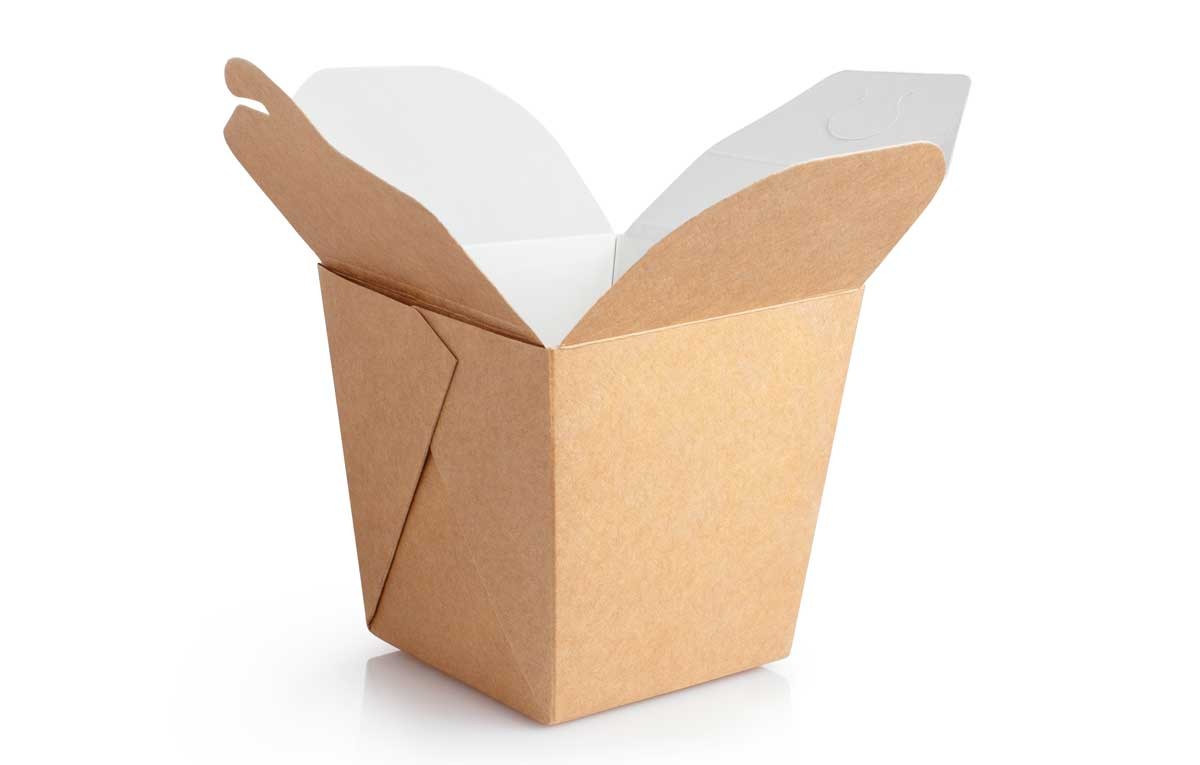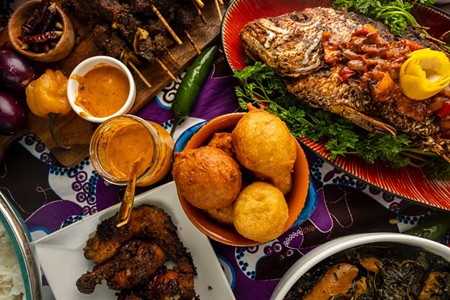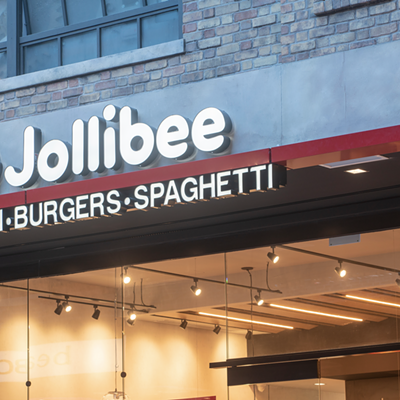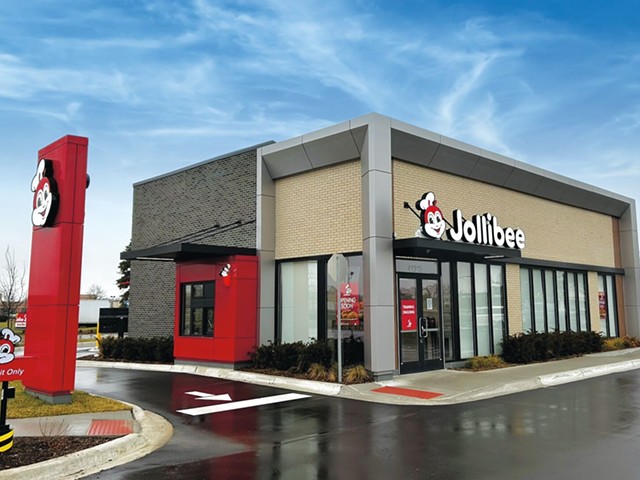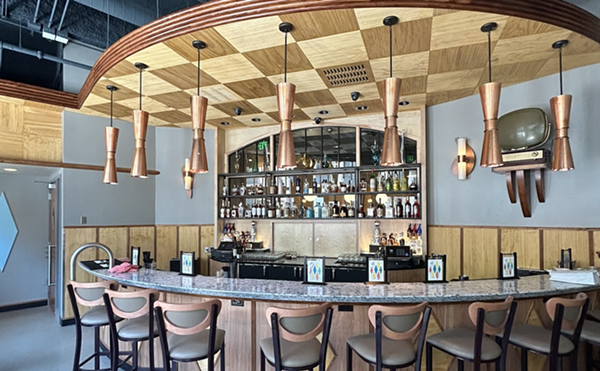Chowhound is a weekly column about what’s trending in Detroit food culture. Tips: [email protected].
Self-improvement is January’s rallying cry. Once again, here we are. So, how can we get better this year? Who’s up for a shot at sobriety? New gym membership, anyone? Maybe I should just mind my own business. Failing that, let me offer, instead, a few thoughts on how a restaurant industry left punch-drunk and staggered after three-plus years of COVID culture could rally in 2024.
Given workforce shortages, diminished levels of service that have come consequentially, and steep, presumably permanent price increases we’re now asked to accept as the new normal cost of doing food business, there seems room for improvement almost across the board. Restaurants might do well to carefully consider what they bring to the table going forward. Granted, they did what they felt was necessary to survive a pandemic crisis. That was then. As things stand now, three aspects of operations seem most in need of some reinvigorating address: service, staffing, and consumer value perceptions. Since a strange, new flu virus started sucking the life out of sit-down restaurants, customers have been offered a steady diet of bare bones hospitality, ironically increased and automatic service charges, and hard-swallow menu pricing. Three-plus years into COVID-triggered tumult, it’s time for the hospitality industry to recognize and work to resolve some of the long-haul consumer fatigue we’re left with. Between restaurateurs and the public, both sides are feeling sick and tired of these circumstances, which is why that relationship finds itself sorely in need of some re-energization and repair. Since consumers can always just eat at home and spend dining dollars at their discretion, the industry side will likely have to meet them a little more than halfway. To wit:
#1: Revisit service as a recovery key
What goes around comes around. Service took a back seat when dine-in business models shifted into survival mode in 2020. Now, it shouldn’t take a Nostradamus to see that the essential yet so-often-lacking element of service stands poised to make a big comeback. Certainly, the dining public’s craving more than it’s been getting lately. As a difference-maker for operators who’ll conscientiously attempt to raise the bar, higher standards of hospitality in 2024 could proffer a saving grace, secret ingredient potential for future success in what’s become a subsistence service economy. Such minimalism is due for relegation to COVID culture’s many dreary memories. A shining recommitment to taking care of dining room customers could prove a tonic to the industry at this point. All those dine-in spaces that emptied and turned into take-out emergency rooms need refilling. We’ve had our fill of being force-fed restaurant goods from brown paper bags and Styrofoam containers. I foresee hordes of the hungry heading out to eat more regularly if and when service returns to speed and former standard. Restaurants the public sees rising to that challenge should realize some sizable returns on such reinvestment.
#2: Place premiums on employee training and retention
Here’s what happened a lot after food and beverage professionals started leaving the industry en masse: Hiring became a harried and hurried exercise in warm-body replacement. At the German siege of Stalingrad during World War II, an existentially-threatened Soviet government resorted to sending untrained and unarmed soldiers to the key city’s defense. These poor souls — marched-out utterly unprepared by panicked leadership — could only arm themselves with the rifles of countless, fallen comrades come before them into that insane situation. If nowhere near an actual human tragedy, employee turnover in the food and beverage ranks seems analogous enough. Employers with staffs shot full of holes felt forced to plug in raw recruits before many were service-ready. Training became all too quick and cursory, and the consequences were sadly predictable. New hires came and went. Turnover attrition happened in horrific numbers. Service as we knew it pre-COVID didn’t survive. Putting those desperation tactics behind them now, proprietors who take the time and effort required to properly train their culinary and hospitality troops rather than forcing them to almost instantly fend for themselves in frontline positions just might start reducing those body counts. The sacrificial lamb approach to shepherding herds of help through hard times isn’t a sustainable strategy. Manning a daily, battle-ready restaurant doesn’t work without arming your people with the know-how they need to succeed. Granted, employees have always come and gone in the food and beverage trades, but as a sign of these times, mass desertions demand more determined and disciplined efforts by employers to train and sustain personnel resources that are anything but expendable anymore.
#3: As to that value perception problem
We all see what’s happened to food prices. These days, steaks from the grocery store set us back about what we paid for them prepared and plated at a restaurant a few years ago. That’s shameful, and don’t get me started debunking all the supply-side, domino-effect excuses every COVID profiteer has put forth since a pandemic infected food suppliers with wholesale greed they knew they’d get away with under the circumstances. That’s between them and God. But between we prospective customers and restaurants, a rift’s resulted in menu pricing that’s pushing the limits of our get-what-we-pay-for expectations, even lowered as they’ve been over the course of recent COVID years. Now, we’re living in a world of near-$20 lunch menu listings and value meals that don’t feel that way when we exit the drive-thru fifty bucks lighter with four, thrown-together burger combos in tow. And there’s the growing ubiquity problem to boot. It seems every other menu offered in metro Detroit has defaulted into Maurice Salad, BYO burger, and broasted chicken-centricity. One wonders how much culinary creativity has been stalled by the loss of purchasing power in this food inflation economy. Still, this writer wishfully imagines some culinary young turks out there making their marks now by turning still-cheap chicken livers into stellar pates and chitterlings into something deliciously akin to fried calamari.
This can be done, and should be. Cost-effective cooking creativity could become 2024’s proprietary super power.
Subscribe to Metro Times newsletters.
Follow us: Google News | NewsBreak | Reddit | Instagram | Facebook | Twitter

